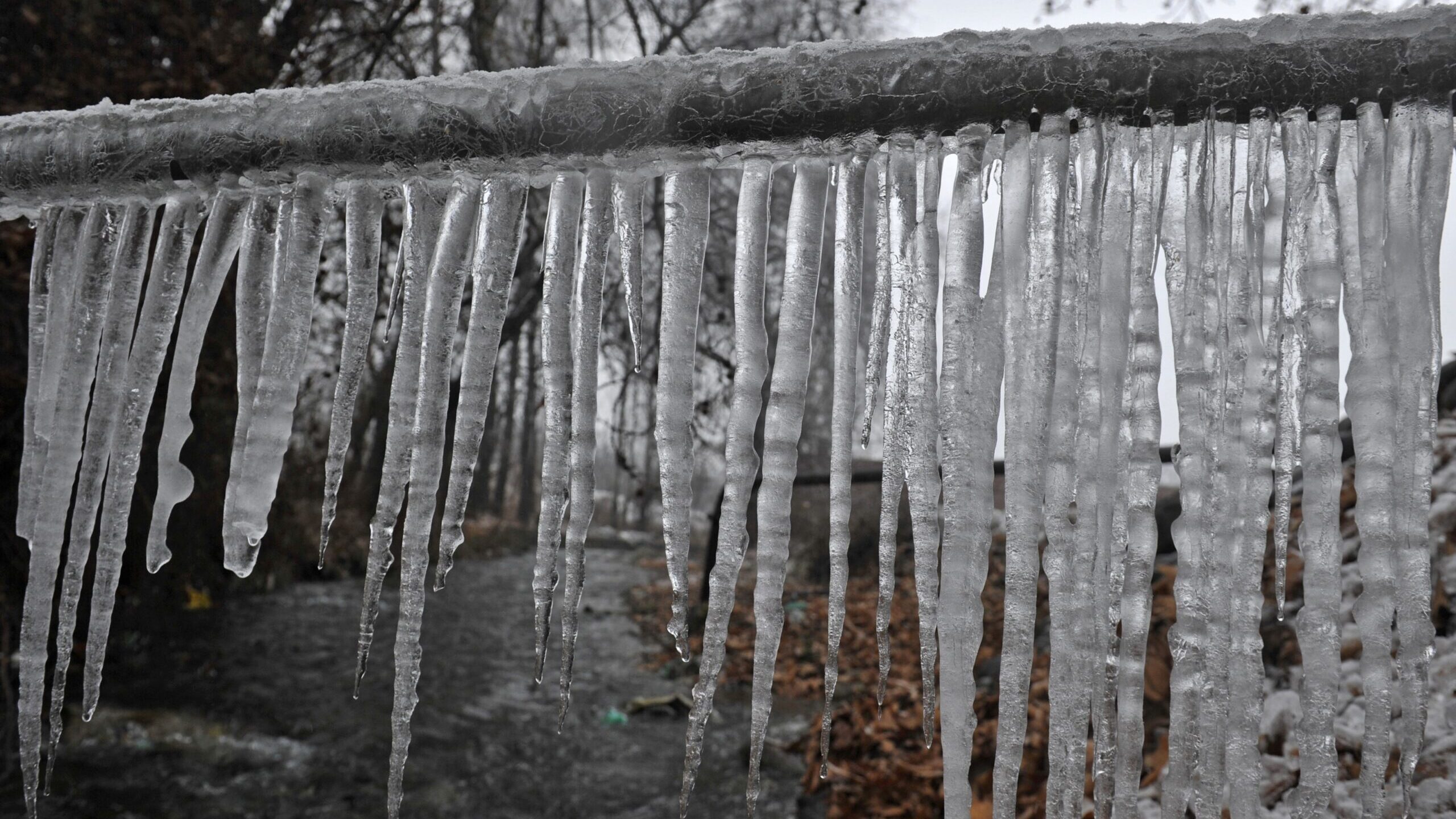Just how do you actually feel with regards to How To Avoid Freezing Pipes?

Cold weather can damage your pipes, especially by freezing pipes. Right here's exactly how to stop it from taking place and what to do if it does.
Introduction
As temperatures drop, the threat of icy pipes boosts, possibly resulting in costly repair services and water damage. Recognizing just how to prevent frozen pipes is vital for home owners in cold environments.
Recognizing Icy Pipelines
What creates pipes to ice up?
Pipes ice up when exposed to temperature levels below 32 ° F (0 ° C) for expanded periods. As water inside the pipes freezes, it expands, putting pressure on the pipeline wall surfaces and possibly causing them to burst.
Dangers and problems
Frozen pipes can cause supply of water interruptions, building damages, and pricey repairs. Burst pipelines can flood homes and create substantial structural damages.
Signs of Frozen Water Lines
Determining icy pipes early can prevent them from rupturing.
How to identify icy pipelines
Look for decreased water circulation from taps, unusual odors or noises from pipes, and visible frost on exposed pipes.
Avoidance Tips
Insulating vulnerable pipes
Cover pipelines in insulation sleeves or utilize heat tape to safeguard them from freezing temperature levels. Concentrate on pipelines in unheated or outside areas of the home.
Home heating strategies
Maintain interior areas adequately heated up, specifically areas with plumbing. Open up cupboard doors to allow warm air to distribute around pipelines under sinks.
Shielding Exterior Pipes
Yard pipes and outside taps
Detach and drain garden hoses before winter months. Install frost-proof spigots or cover outdoor faucets with shielded caps.
What to Do If Your Pipes Freeze
Immediate activities to take
If you believe frozen pipes, keep faucets open up to eliminate stress as the ice thaws. Make use of a hairdryer or towels soaked in warm water to thaw pipes gradually.
Long-Term Solutions
Architectural modifications
Think about rerouting pipes away from exterior walls or unheated locations. Include added insulation to attic rooms, basements, and crawl spaces.
Upgrading insulation
Buy high-quality insulation for pipelines, attic rooms, and wall surfaces. Correct insulation aids maintain constant temperatures and lowers the threat of frozen pipes.
Final thought
Preventing icy pipes needs proactive measures and fast reactions. By comprehending the reasons, indicators, and preventive measures, home owners can protect their pipes during winter.
5 Ways to Prevent Frozen Pipes
Drain Outdoor Faucets and Disconnect Hoses
First, close the shut-off valve that controls the flow of water in the pipe to your outdoor faucet. Then, head outside to disconnect and drain your hose and open the outdoor faucet to allow the water to completely drain out of the line. Turn off the faucet when done. Finally, head back to the shut-off valve and drain the remaining water inside the pipe into a bucket or container. Additionally, if you have a home irrigation system, you should consider hiring an expert to clear the system of water each year.
Insulate Pipes
One of the best and most cost-effective methods for preventing frozen water pipes is to wrap your pipes with insulation. This is especially important for areas in your home that aren’t exposed to heat, such as an attic. We suggest using foam sleeves, which can typically be found at your local hardware store.
Keep Heat Running at 65
Your pipes are located inside your walls, and the temperature there is much colder than the rest of the house. To prevent your pipes from freezing, The Insurance Information Institute suggests that you keep your home heated to at least 65 degrees, even when traveling. You may want to invest in smart devices that can keep an eye on the temperature in your home while you’re away.
Leave Water Dripping
Moving water — even a small trickle — can prevent ice from forming inside your pipes. When freezing temps are imminent, start a drip of water from all faucets that serve exposed pipes. Leaving a few faucets running will also help relieve pressure inside the pipes and help prevent a rupture if the water inside freezes.
Open Cupboard Doors
Warm your kitchen and bathroom pipes by opening cupboards and vanities. You should also leave your interior doors ajar to help warm air circulate evenly throughout your home.

As a passionate person who reads about Preventing and dealing with frozen pipes, I thought sharing that piece was a good idea. Don't hesitate to set aside a second to distribute this entry if you appreciated it. I am grateful for your time. Don't forget to pay a visit to our website back soon.
Book Inspection